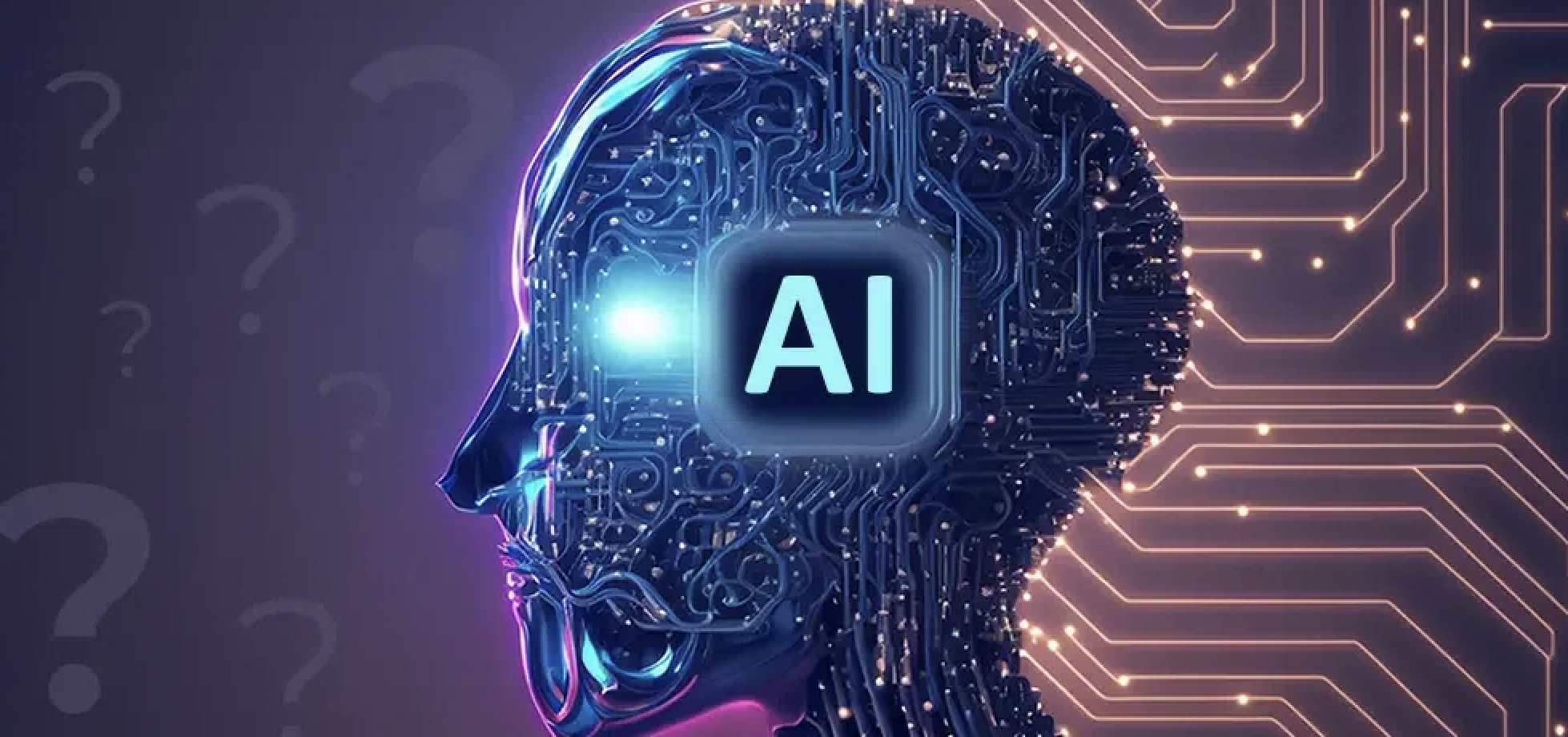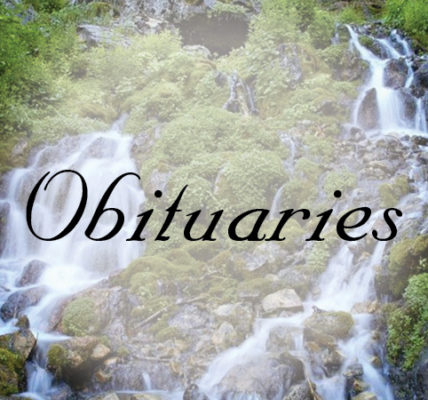
By Jackie Galli
Buffalo Bulletin
Via- Wyoming News Exchange
BUFFALO — When students are programming in Krista Sweckard’s class and their code is coming up with errors, they follow what she calls the rubber duck theory.
Sweckard is a computer science teacher at Buffalo High School. When errors pop up in their programs, students in Sweckard’s class must first talk it out with a rubber duck in the classroom before going to Sweckard for help. Usually, talking it out does the trick, but with 20 kids on 20 computers for 42 minutes, Sweckard said, it’s “not real good math.”
Sweckard told those attending the Nov. 8 school board work session that artificial intelligence is the answer.
Sweckard demonstrated the process in action for work session attendees using some of a student’s code from her class and ChatGPT. ChatGPT is an artificial conversation entity that was released in 2022 by OpenAI, Inc.
“You have errors, you can feed the AI your errors,” Sweckard said. “I always tell them to give the AI a role. So, the role is, ‘You are an expert at programming. Can you help me find the problem in this code?'”
Sweckard then plugged the student’s code into ChatGPT and the chatbot then spat back a description of all the errors in the program, such as variable initialization and vector comparison issues. Variable initialization is when a variable in your code isn’t assigned a value. Vector comparison is when you are having problems comparing lists of num-bers in your code.
“People would say, ‘Whoa, that’s cheating.’ And I would say, ‘No. All that stuff, they don’t know what that means,” Sweckard explained at the work session.
The next step is for students to look into all the identified issues, find out what they mean and learn how to solve them. All of that can be done with help from ChatGPT.
Sweckard’s system is just one of the ways educators in Johnson County School District No. 1 have begun using AI in their classrooms this school year. Sweckard is on the district’s AI committee, which presented its initial discoveries and plans to educate the district on AI at the work session.
Artificially intelligent machines and software are capable of teaching themselves and problem solving or making decisions like humans can.
Christopher Cox, the dean of students, is also a member of the committee and said that embracing AI is the only way to push forward.
“There’s a lot of potential in AI and it’s not going anywhere, so it’s not one of those things we can put our heads in the sand about,” Cox said at the work session. “It’s something that we not only need to be aware of, but we need to really embrace because it is going to change the landscape of the world – just like the wheel, the automobile, the personal computer.”
AI is constantly improving and expanding, and that has meant an evolution in the way educators need to teach students so that they can succeed post-graduation, Cox said.
“The big paradigm shift that’s happening here, I think, is education has always been products based. So, the analogy that I gave to someone I was talking to about this was, so you want to build a birdhouse, right? That’s the project for the woodshop. And so the goal is, we do everything in the classroom along the way to use tools to build a birdhouse,” Cox said. “We as teachers have to stop being focused on the birdhouse and start working on the skills.”
Cox said the rapid evolution and advancement of AI shows that adapting to new tools and learning how to use them is the best way to prepare students for the future.
“It matters about us developing skills (so) that whatever tool shows up in front of us, we can then do the job,” Cox said. “In the end, if you don’t want me to build a birdhouse at the last minute, you can turn that into a coat rack.”
Sweckard said that AI isn’t just something that can help teachers teach and students learn. It can also be used to give teachers more time with students.
Sweckard said that at a recent conference, the presenter said that teachers spend more than half of their working hours on management, bookkeeping, record keeping or planning.
“And so the idea that I like to think of is that if I can help streamline some of those hours that I’m working on in a week, that gives me more time to spend with kids.”
Where AI has challenged educators is in defining what plagiarism looks like in a world with AI and how to prevent students from using AI to cheat.
In March, AI plagiarism checkers claimed they could detect if something was written by AI, Sweckard said. The checkers were often inaccurate, which meant some students at other educational institutions were being flagged when it was their original work.
“It went through universities, and it ruined kids’ careers who were not using AI,” Sweckard said. “They were failing entire classes last spring.”
The AI committee is deciding what role AI should play in the classroom and how the tool can be used, Cox said. That involves teaching students ethical ways to use AI and educating stakeholders, he said.
“We have some teachers that are really passionate about wanting to go and chase this thing and really push the envelope and then we have a lot of reluctant educators that this is really a scary thing for them,” Cox said. “How do we balance those worlds of having our bird dogs go chase and bringing the other ones along the way a little bit for you? Navigating that moving forward might be a little tricky.”





